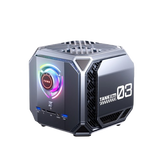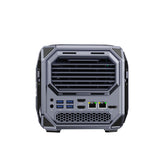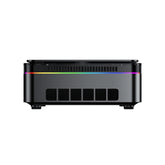featured Monitor Cable Types Explained: A Complete Guide to Choosing the Right Connection
On by ACEMAGICUS 0 Comments
AMD vs Intel vs NVIDIA: How to Choose the Right CPU and GPU for Your PC?
On by ACEMAGICUS 0 Comments
Intel Core i9 vs AMD Ryzen 9: Which Flagship CPU Fits You Better?
On by ACEMAGICUS 0 Comments
How to Choose the Right Mini PC for Your Office Environment?
On by ACEMAGICUS 0 Comments
ACEMAGIC’s Best Black Friday PC Deals— Mini PCs & Laptops at Unbeatable Prices
On by ACEMAGICUS 0 Comments
Black Friday 2025: Early Deals and Discount Predictions
On by Jessica Szekam 0 Comments
Apple TV vs. Android TV Box vs. Mini PC — Which is the Ultimate Media Center?
On by US ACEMAGIC 0 Comments














